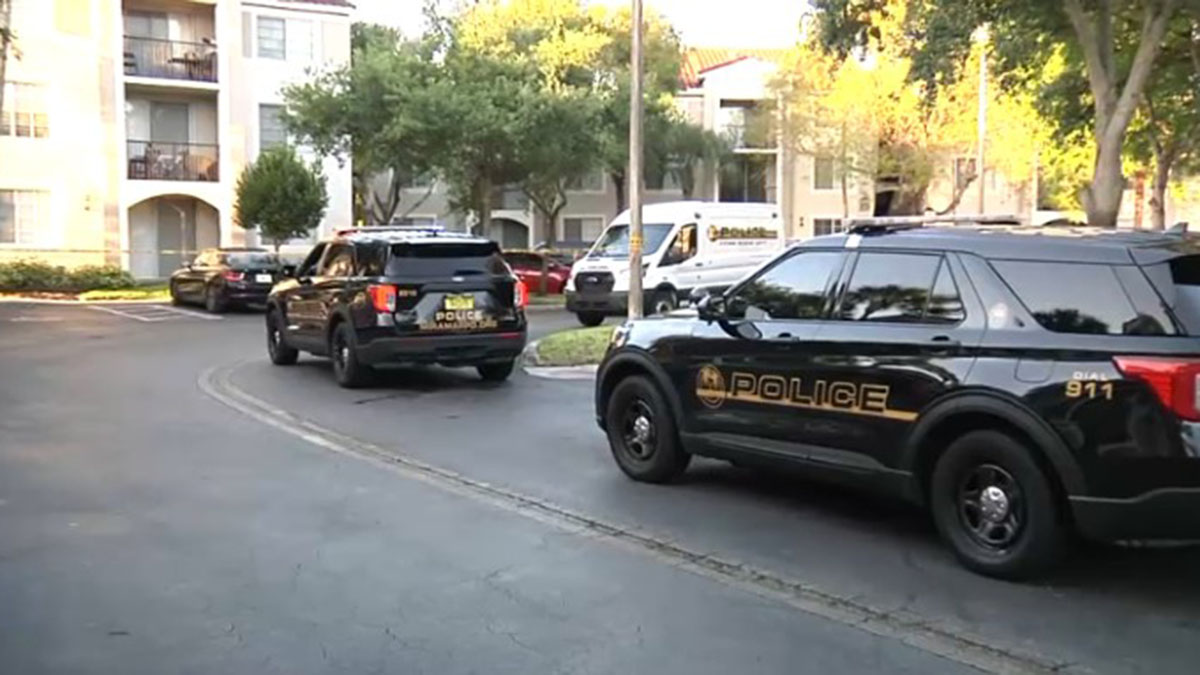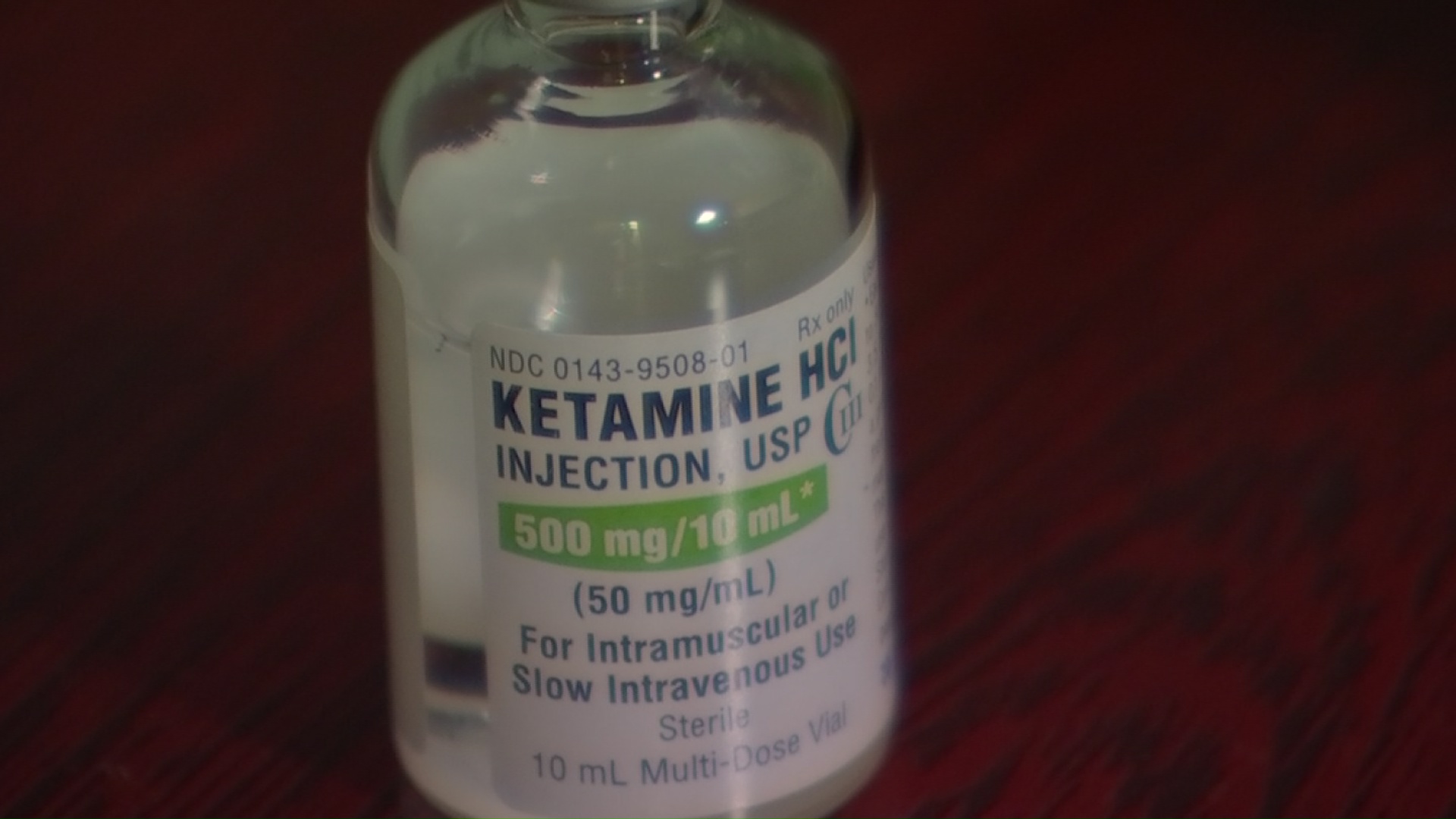For the second time this year, the coronavirus life cycle is having its way in Florida: more cases, followed by hospitalizations and then, for some, death.
The first phase of the resurgence appears to have leveled off this week. New cases are still being found at a high level, as testing increases. But the share of them coming back positive has declined for four straight days.
Deaths, though, are being confirmed at a record rate of 100 per day over the last week, and as a lagging indicator, it's expected that the pace will continue or get worse for at least some time.
Hospitalizations remain at record-high levels in South Florida. Younger people are showing up in emergency rooms saying they are having trouble breathing, according to Dr. Olveen Carrasquillo, chief of general medicine at the University of Miami.
"I have a whole bunch of young patients and they have that fear in their faces," he said. "They know they have COVID, they try to weather it at home and it's the same story. They tell you (that they can't breathe), and then at some point they're telling you, 'Please doctor, don’t let me die.'"
The good news is that very few of the youngest patients will die, though they may spend days or weeks on a ventilator -- a grueling experience Carrasquillo said he would wish upon no one.
The state creates a new "case" for every person who tests positive, and the number includes those who die a COVID-related death.
The NBC 6 Investigators separated Florida resident cases into three age groups and found:
- 0.03% of those under 35 years old die
- 0.54% of those aged 35-64 ended in death
- 8.9% of those 65 and over died
"Most of the deaths are still concentrated in the elderly," Carrasquillo said. "We do see some younger deaths, but they’re in the elderly end."
Local
State data shows the older group is increasing in its share of new cases, and that has Carrasquillo and his colleagues concerned.
"What many of us are scared of -- and I’m getting some inkling this is happening -- is that many of the young people who were out partying in June are now passing it on to the elderly or their grandparents," he said.
The percentages of cases that end in death is not the same as the death rate for all people infected, Carrasquillo noted.
That's because many people with the virus are asymptomatic and they and others who are infected may not get tested, so they do not show up in the case count.
But the rate does reflect which age groups are more at risk, and more of that older cohort could soon be fighting for their lives in hospitals that are having trouble staffing the beds they have now.



